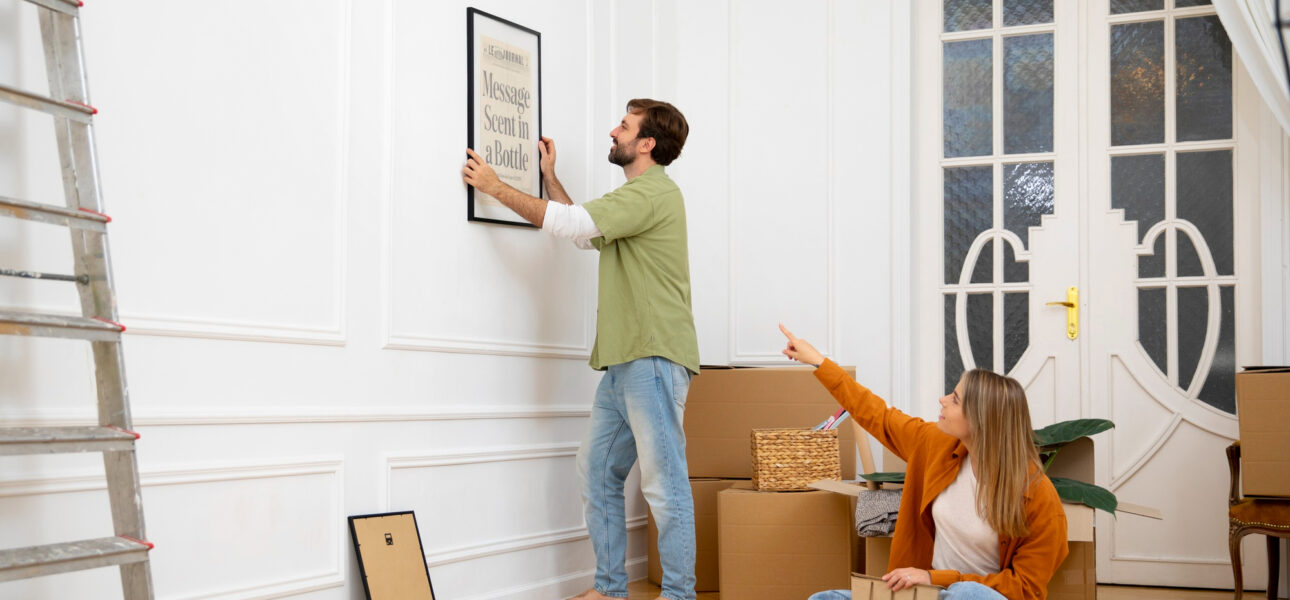Whether you’re making small upgrades to refresh your space this summer or preparing for a major remodel before listing your home for sale, one thing is certain: preparation is key. Taking time to plan ahead can save you money, stress, and frustration. From protecting valuables to strengthening home security, these simple yet effective steps will help safeguard your home, your belongings, and your peace of mind throughout the renovation process.
1. Identify Areas That Will Be Affected
Before diving into a remodeling project, take stock of the full scope. Decide whether you will stay at home or temporarily move out for large-scale work. Mark off hazardous areas with signs, barriers, or tape, and inform household members—especially children and pets—about potential risks. Relocate essential furniture and prepare for dust, debris, and heavy equipment. Having a clear action plan reduces stress and disruption as the project moves forward.
2. Properly Store Fragile Items
Fragile items are highly vulnerable during a remodel. Carefully wrap glassware, ceramics, electronics, art, and keepsakes, and place them in sturdy boxes. Label boxes clearly with “fragile” and store them in a safe location or even a temporary storage unit. This extra step protects cherished belongings from costly damage.
3. Keep an Inventory of Belongings
Create a detailed inventory of items within the remodeling zone. Document each item’s condition, location, and include photos for proof. This record is invaluable for insurance purposes and ensures accountability if anything gets misplaced or damaged during the renovation.
4. Strengthen Home Security
Renovations make your home more vulnerable to theft. Consider upgrading your security system with CCTV, motion sensors, or alarms. Secure valuable rooms with locks and limit access to trusted individuals. Ensure deliveries of tools or materials are supervised and stored safely to prevent unauthorized access.
5. Take Fire Safety Precautions
Remodeling often involves electrical tools and flammable materials. Test smoke alarms and carbon monoxide detectors to confirm they’re functioning. Keep fire extinguishers within reach in high-risk areas. These precautions can prevent minor mishaps from escalating into costly damage.
6. Use Protective Covers
Protect floors, countertops, appliances, and furniture with coverings to avoid scratches, dents, or stains. Use cardboard for countertops, construction paper or hardboard for floors, and drop cloths or tarps for furniture. Secure covers with painter’s tape to ensure they remain in place throughout the project.
7. Minimize Dust
Dust and fumes are unavoidable, but you can limit their impact. Seal off work areas with plastic sheeting and cover doorways, vents, and windows. Use HEPA filter air purifiers and vacuums to trap fine particles, and clean work areas daily to maintain a healthier environment.
8. Communicate With Contractors
If you’re hiring contractors, set clear expectations early. Agree on work hours, security access, and handling of valuable items. Consider smart locks with temporary codes rather than physical keys. Open communication prevents misunderstandings and maintains professionalism throughout the project.
9. Plan for Post-Renovation Cleanup
Cleaning is just as important as the remodel itself. Wipe down surfaces daily, vacuum with HEPA filters, and mist plastic coverings before removal to prevent dust from circulating. At project completion, consider hiring post-renovation cleaning services to restore your home’s comfort and safety.
Final Thoughts
Renovations are exciting but can be disruptive without the right preparation. By storing valuables properly, reinforcing security, protecting surfaces, and maintaining communication with contractors, you can safeguard your investment and keep stress levels manageable. With these proactive steps in place, you’ll be free to focus on enjoying your refreshed or newly remodeled home once the dust settles.

